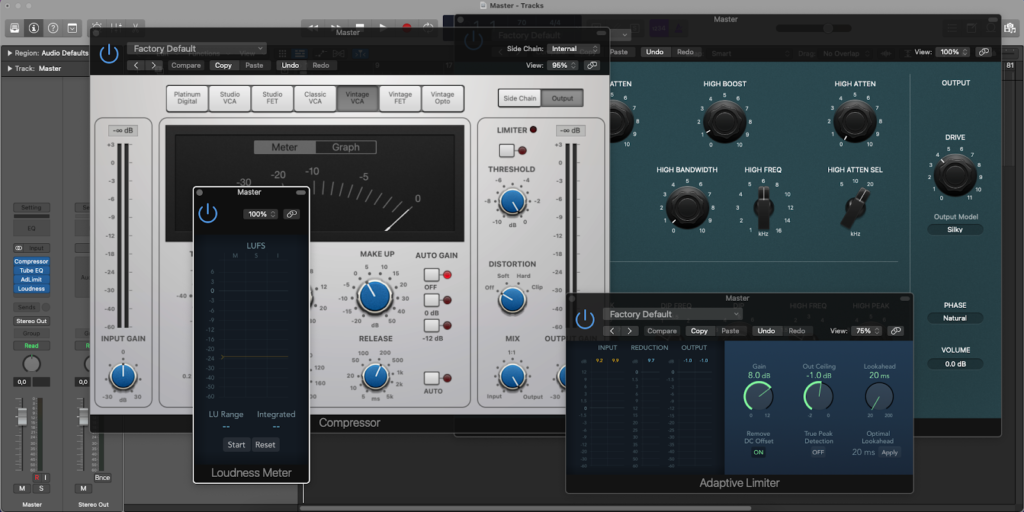

When one thinks of Ambisonics, one often thinks of surround sound, 5.1, 7.1, binaural and the rest, but what excited me was the ability to specify 'virtual' mics - mono or stereo, cardioid, omni or whatever - for use in normal stereo productions (as described by Sam). There are several available but I used the Soundfield by Rode plug‑in, which is designed for the mic and is freely downloadable from Rode. All the clever stuff is then either performed in dedicated hardware or in the DAW using a special plug‑in for the purpose. To the audio interface, it appears as four separate mics, and so the DAW needs to be able to record four streams of audio data. The NT‑SF1, like many Ambisonic mics, consists of four cardioid capsules fixed in a tetrahedral arrangement, capable between them of picking up all ambient sound around the mic together with directional information. This article, then, is about what I found when starting to work with Ambisonics and Logic. Since my DAW of choice is Logic, that became the medium of my investigation. These possibilities are the result of it being an Ambisonic microphone, and I was sufficiently interested first to investigate and later to buy an NT‑SF 1.
#MIXING AND MASTERING IN LOGIX PRO X HOW TO#
We explain how to get Ambisonics working in Logic Pro X.Īnyone who read Sam Inglis' excellent review of the Rode NT‑SF1 microphone (SOS December 2018) would have been intrigued at the very least by the possibilities offered by this extraordinary mic. Screen 1: In order to be able to record and manipulate Ambisonic audio in Logic, channels must be set to the Quadraphonic format.


 0 kommentar(er)
0 kommentar(er)
